Across the United States, rattlesnakes hold a fascinating balance between danger and respect. These distinctive reptiles, members of the genera Crotalus and Sistrurus, inhabit diverse terrains ranging from scorching deserts to forested bluffs. Their survival depends on warm climates, open terrain, abundant prey, and secure denning sites. In several states, these conditions converge perfectly, allowing rattlesnake populations to thrive. Below, we explore fourteen U.S. states where these iconic snakes are most common and understand why each provides an ideal environment for them.
1. Arizona
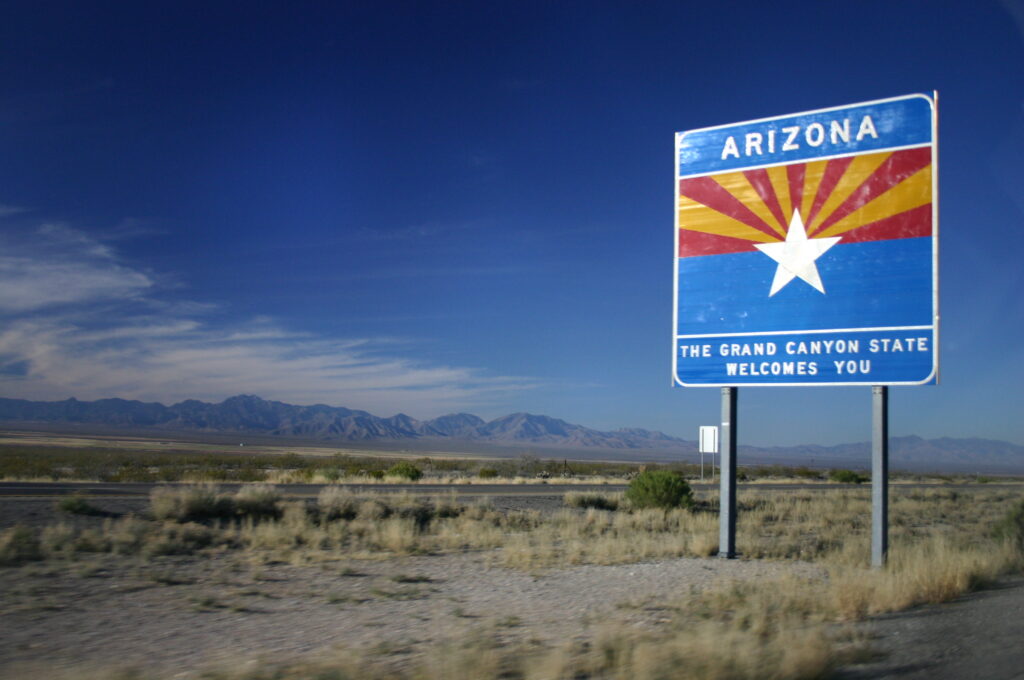
Arizona is home to more rattlesnake species than any other state, boasting around fourteen distinct types. Its vast deserts, rocky mountains, and canyon regions create perfect habitats where rattlers can hunt, den, and bask. The state’s dry heat and arid soils provide ideal basking grounds, while rodent populations in scrublands ensure steady food sources. Although human expansion occasionally leads to encounters, rattlesnakes generally avoid people. Their peak activity occurs in the evenings during the warmer months, when temperatures are most favorable for movement.
2. California
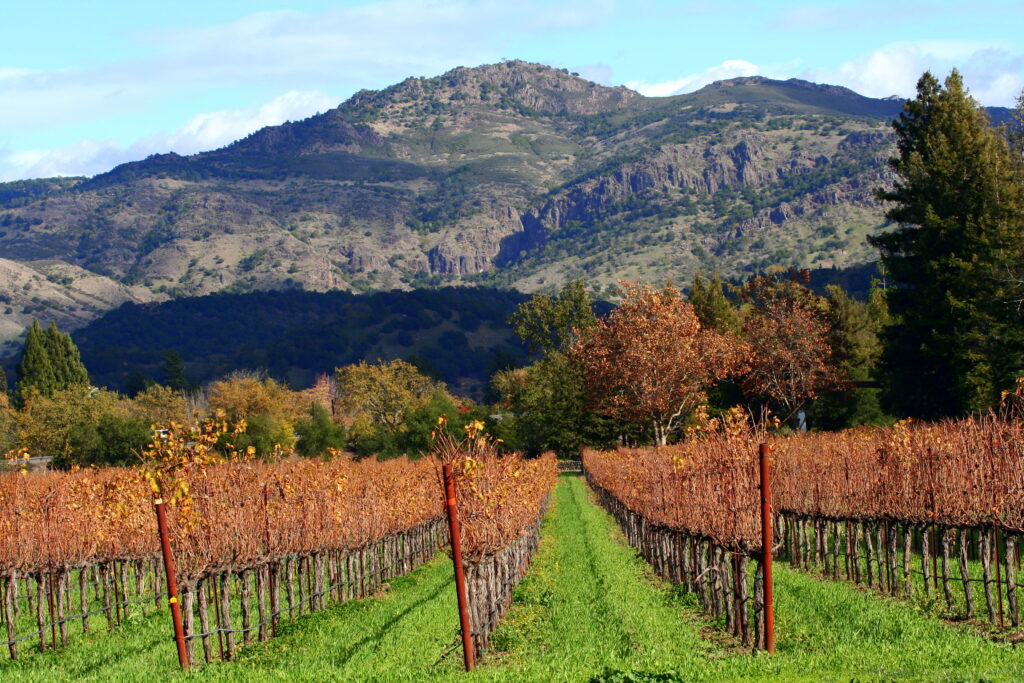
California’s diverse geography, from dry deserts and chaparral hills to lush valleys, supports at least a dozen rattlesnake species. The Mediterranean climate offers long, warm seasons ideal for reptile activity. Rattlesnakes are especially common in foothills and grasslands, where open sunlight and rodent prey abound. Rocky outcrops, canyons, and forest edges also provide perfect den sites for overwintering. As California expands into natural terrain, human encounters have risen slightly, yet these snakes continue to play an important ecological role in controlling pest populations statewide.
3. Texas

Texas, with its massive size and environmental variety, ranks among the top states for rattlesnake diversity. From desert basins to wooded plains and Gulf prairies, the landscape accommodates around nine species. The warm climate and abundance of small mammals make Texas a rattlesnake stronghold. They thrive in brush, rocky hills, and grasslands, where shelter and prey are abundant. Because ranching and rural living often overlap with natural habitats, Texans frequently encounter rattlers in the wild, though bites remain rare when snakes are left undisturbed.
4. New Mexico

New Mexico’s high deserts and rugged mesas create some of the most suitable rattlesnake habitats in North America. Sparse vegetation, warm temperatures, and dry conditions allow these snakes to thrive year-round. Canyon systems, open scrub, and foothills offer ideal hunting and shelter sites. The elevation gradients also permit species variation across the state, from plains to mountain slopes. Because much of New Mexico remains rural and less disturbed by urbanization, rattlesnake populations stay stable and healthy, reflecting a balanced coexistence with the natural environment.
5. Nevada
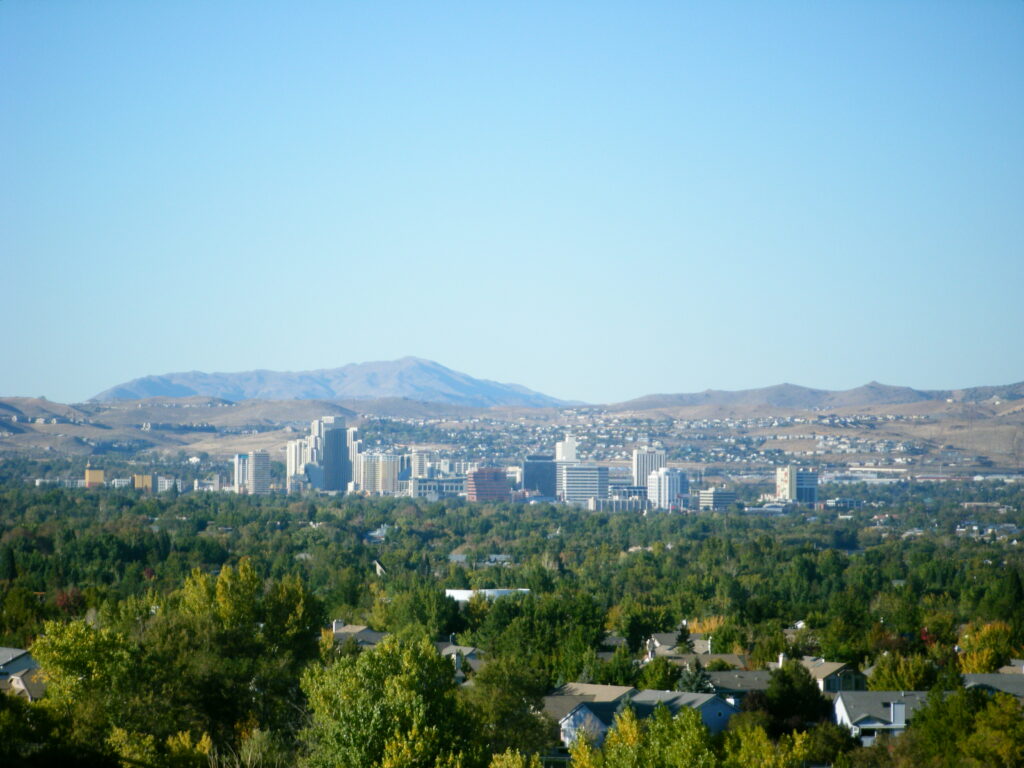
Nevada’s landscape, dominated by desert basins and rocky hills, supports several rattlesnake species well adapted to arid life. The hot, dry summers and mild transitional seasons provide perfect thermoregulation conditions. Sparse human populations and vast open lands give these snakes freedom to move between hunting and denning areas without interference. Prey such as mice and ground squirrels remain abundant, particularly near rocky washes and foothills. Though encounters are less common in populated areas, rattlesnakes are an essential part of Nevada’s desert ecology.
6. Utah

Utah’s rugged plateaus, canyons, and desert valleys provide six known rattlesnake species with a perfect mix of terrain and prey. The climate alternates between hot summers and cool winters, matching the natural cycles of reptile activity and dormancy. Rocky ledges, sandstone cliffs, and open sagebrush flats offer shelter and basking spots. In remote areas, human interference is minimal, allowing populations to remain robust. These snakes play an important role in maintaining balance within Utah’s ecosystem by controlling rodents and other small mammals.
7. Oklahoma
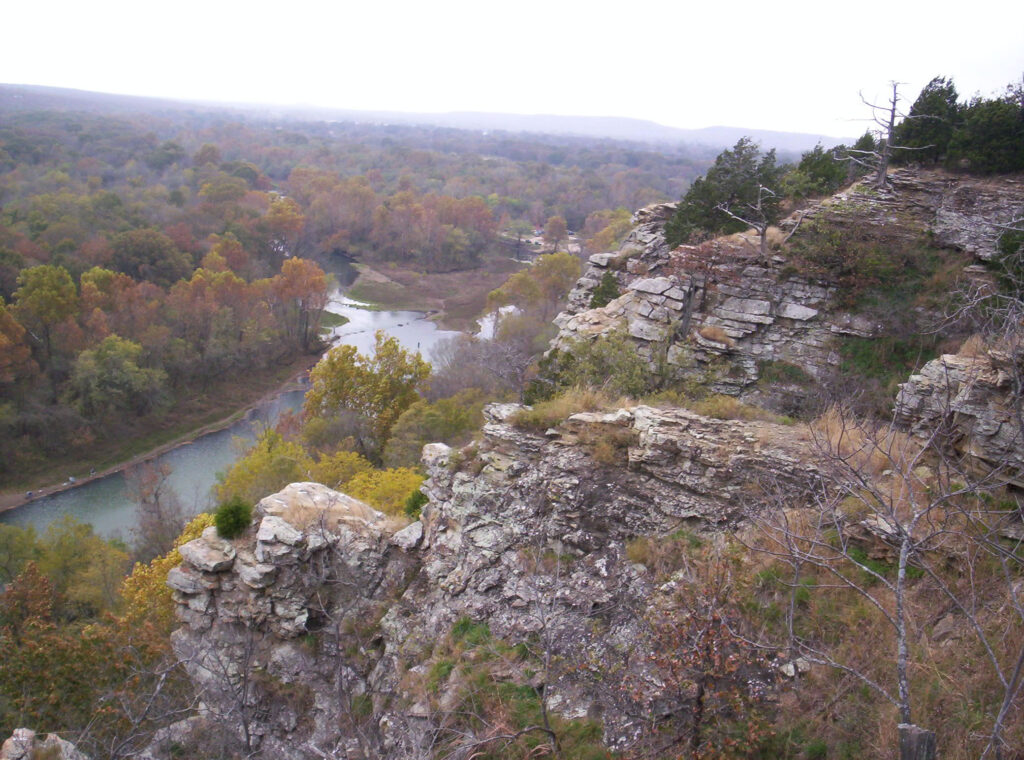
Oklahoma’s diverse environment, ranging from tallgrass prairies to rocky hills, makes it ideal for several rattlesnake species. The western plains and panhandle regions host the most, where open land and rodent prey abound. Moderate rainfall and mild winters help sustain these populations. The state’s annual rattlesnake roundups, though controversial, reflect how common and culturally recognized these snakes are. While they occasionally appear near rural communities, they generally avoid confrontation, preferring to stay within grassland burrows and rocky shelters during daylight heat.
8. Kansas
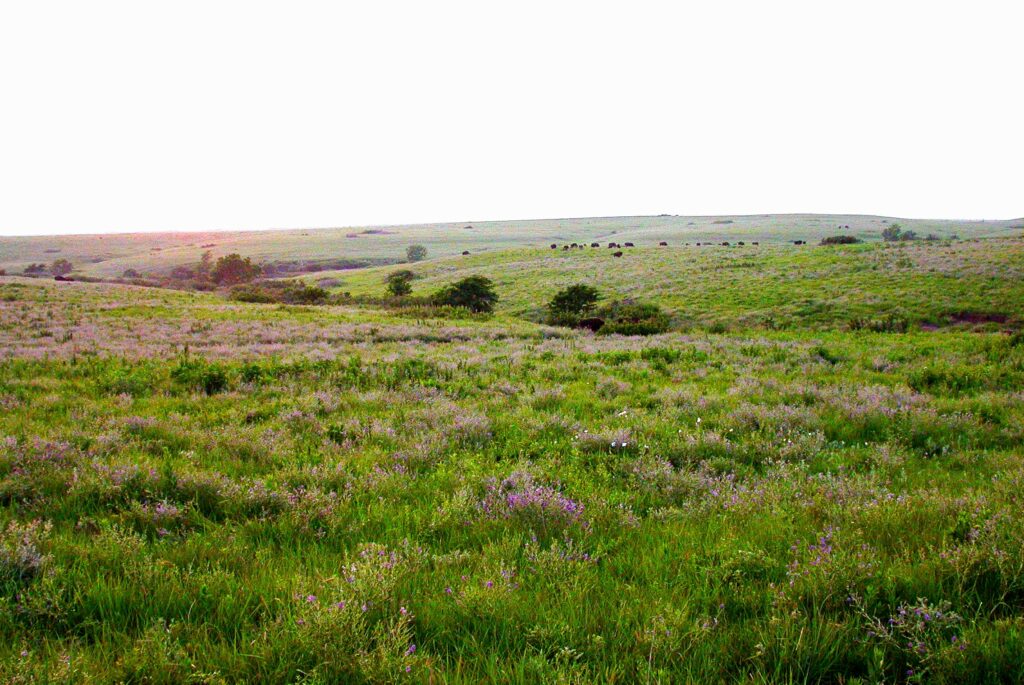
In Kansas, rattlesnakes thrive across open prairies and stony outcrops that stretch through much of the state’s heartland. With four recognized species, Kansas provides a blend of food supply and hiding spots that favor their lifestyle. Warm summers support long hunting seasons, while colder months send them underground to hibernate. The combination of low vegetation, scattered rock cover, and rich rodent populations forms an ideal ecological setup. Although encounters occur near farmlands, rattlesnakes remain more beneficial than harmful, curbing pest numbers naturally.
9. Missouri

Missouri’s mixture of forested slopes, rocky glades, and river bluffs provides a surprisingly rich environment for rattlesnakes. Despite its more humid climate, the state supports several species that thrive in southern and central regions. Warm summers and abundant prey allow rattlers to remain active for much of the year. Limestone bluffs and sun-exposed ledges serve as perfect dens. While forested areas limit their spread, isolated sunny patches and open woodland glades continue to support sustainable populations of these often-misunderstood reptiles.
10. Nebraska
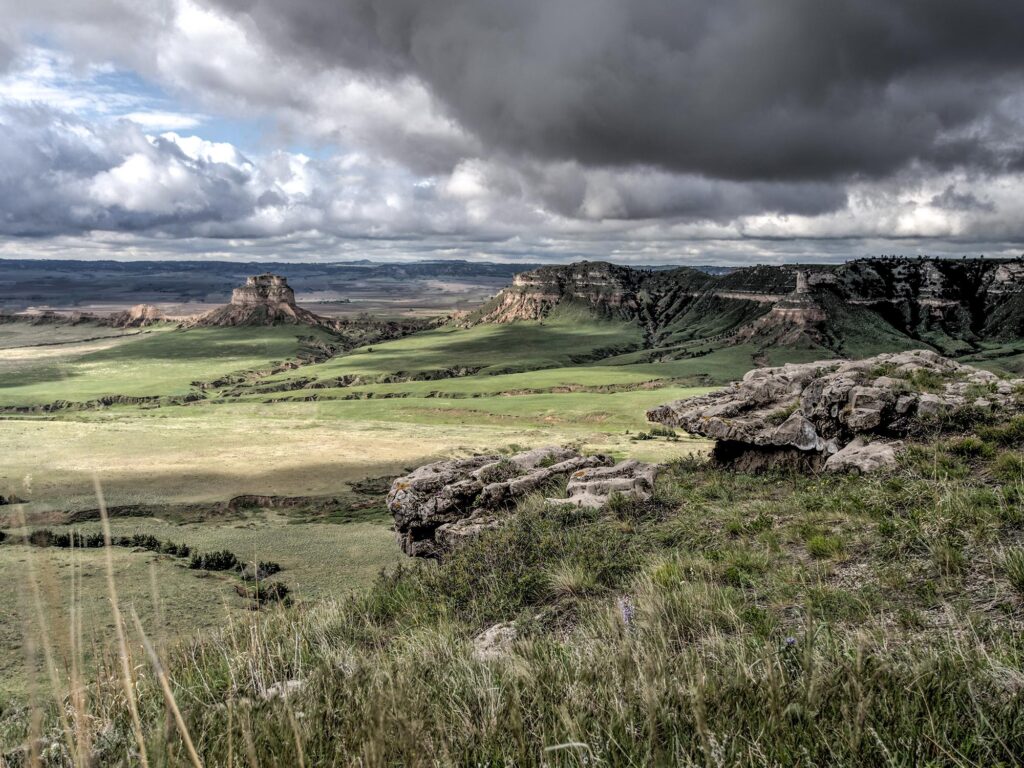
Nebraska’s western plains and rocky escarpments make a comfortable home for multiple rattlesnake species. The mix of open grasslands and scattered stone formations provides cover and hunting space. Small mammals and birds supply food throughout the warmer months, while the snakes seek shelter in burrows during winter. The state’s rural and agricultural nature ensures that large tracts of land remain suitable for wildlife. Rattlesnakes here are well adapted to both dry and semi-humid conditions, blending seamlessly into Nebraska’s broad prairies and rolling hills.
11. Ohio

Though Ohio may seem far removed from typical rattlesnake country, the state still shelters two native species. They dwell mostly in rugged southern regions and forested hill country, where limestone outcrops and rocky crevices offer cover. Warmer seasons allow rattlers to emerge for hunting and mating, but they retreat into dens through the colder months. Forest fragmentation and human expansion have reduced their range, yet Ohio’s rattlesnakes persist, protected by conservation programs that safeguard their remaining habitats and ecological importance.
12. Montana

Montana’s dry valleys and open hillsides provide surprisingly favorable conditions for its resident rattlesnake species. Despite the state’s cold winters, long daylight summers give snakes ample time to hunt and reproduce. Sparse population density means habitats remain undisturbed across much of the state. Rock formations, badlands, and prairie grasslands serve as excellent den sites. The snakes’ ability to withstand brief cold spells and their flexible diet have ensured their survival in this rugged northern landscape, marking Montana as a hidden rattlesnake haven.
13. Illinois
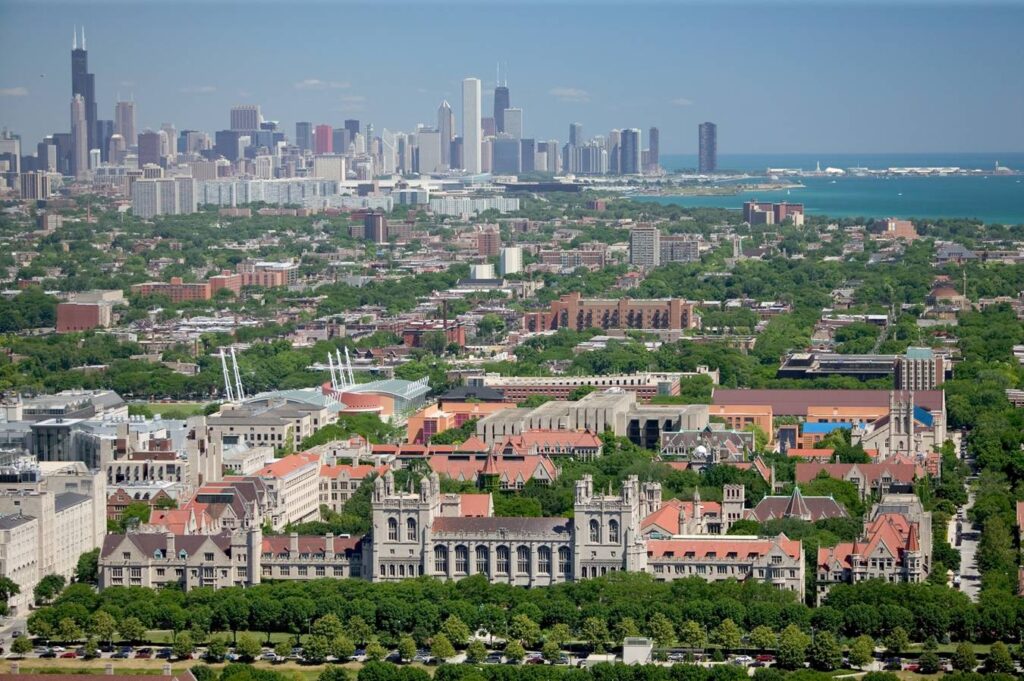
Southern Illinois, with its warm river valleys and limestone bluffs, hosts two rattlesnake species that thrive in the state’s temperate climate. They prefer open forest edges, rocky ledges, and glades that receive direct sunlight. While much of Illinois is agricultural, the snakes persist in isolated natural zones where prey remains abundant. The rugged Shawnee Hills region, in particular, supports stable populations. Despite urban encroachment, Illinois’s rattlesnakes remain protected, contributing to the biodiversity and ecological balance of the state’s southern habitats.
14. Florida

Florida rounds out the list with its own prominent rattlesnake species, including the Eastern Diamondback, the largest in North America. The state’s subtropical climate, sandy soils, and pine flatwoods are ideal for these reptiles. Abundant prey, consistent warmth, and vast undeveloped lands, especially in central and northern Florida,help populations flourish. Rattlesnakes are also vital in maintaining rodent control within these ecosystems. While they occasionally appear in suburban edges, most prefer remote wetlands, hammocks, and dry upland areas away from heavy human activity.
Comments